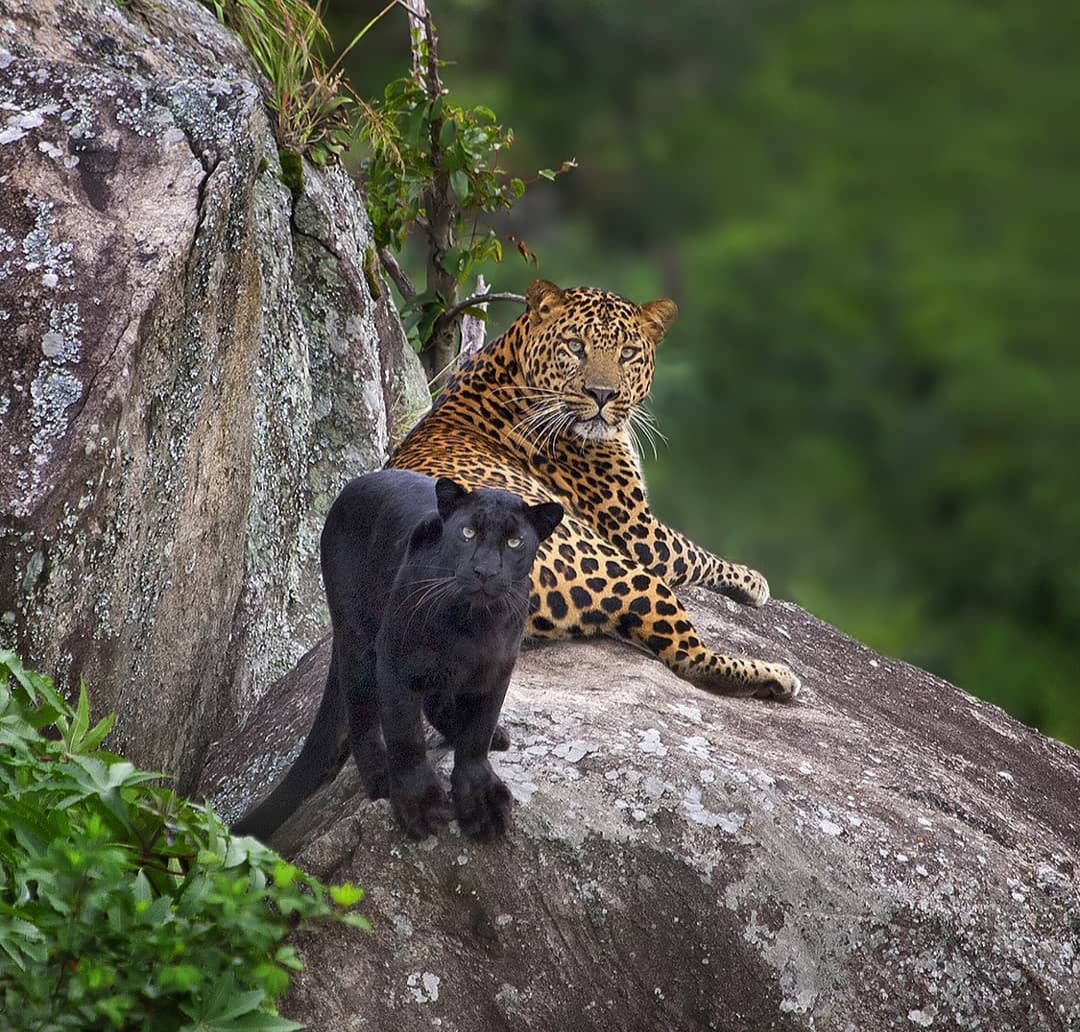5 WAYS CLIMATE CHANGE AFFECTS INDIA’S WILDLIFE

Climate change is no longer a looming threat on the horizon that we’re still centuries away from. With May 2022 having seen record-setting heat waves across India, it’s evident that rising temperatures are here to stay in the years to come. If the trend continues with no preventive measures taken by governments and mega-corporations across the world, the next decades will see people and animals bearing the brunt of the consequences brought on by the climate crisis.
India’s National Wildlife Action Plan for 2017 to 2031 has recognised the need for wildlife conservation efforts in India to adapt to climate change and promote sustainable biodiversity management in India.

Photo: Prakash Ramakrishnan
Water Scarcity
According to the data recently released in 2021 by Drought Early Warning System (DEWS), 21.06% of India faces drought-like conditions, with dry conditions seen in northern, central and eastern states including Rajasthan, Maharashtra, Gujarat, Odisha. The consequential water scarcity affects the lives of wild animals in these regions. Driven by thirst, animals such as leopards, elephants, civet cats and foxes venture into human settlements in search of water.
Elephants too, need copious amounts of fresh water every day, the availability or lack of which affects their daily lives, breeding and migration patterns. In 2019, a study published by Frontiers in Diversity and Distributions claims that species redistribution will occur due to climate change – directly through extreme changes in temperature and access to water and indirectly through habitat loss. The study predicts that the Asian elephant’s range of habitat is likely to move towards higher elevations in the Himalayas, as can be seen by the frequent elephant sightings in Uttarakhand, as recently as July 2020.
An encounter in the arid forests of Kanha Tiger Reserve, Madhya Pradesh with a sub-adult tiger attempting to drink from a shallow, dried-up puddle in the scorching heat of peak summer drove the Earth Brigade Foundation team to start Project Aquarius – a solar-power “Water for Wildlife” project. To date, we have installed water pumps in 10 reserves and national parks across India to provide clean drinking water for wild animals.
“To reconnect with nature is key if we want to save the planet.“
-Jane Goodall

“Siberian Crane – Keoladeo Ghana – India (1)” by fveronesi1 is licensed under CC BY-SA 2.0.
Migration Patterns
It’s not just the climate that is changing – bird migration patterns are seeing drastic variations from the norm too. Every year, birds migrate from their nesting grounds to warmer areas in search of abundant food sources. Birds residing in the Northern hemisphere make the journey south. Breeding in Siberia and Russia, the Siberian Crane overwinters in Asian countries including China, Iran and formerly, India.
With the increasing drought, habitat degradation and rising temperatures, the Indian visitors are now extinct, with the last flock being seen in 2015.

“Siberian Crane doing maternal things for family” by Madhur Mangal aka Maddy is licensed under CC BY 2.0.

Loss of Habitat
Habitat loss due to climate change is one of the major reasons for species extinction and loss of biodiversity. According to a paper published in Springer Nature, global warming in the coming decades will result in the habitat decline of the Indian brown mongoose in the Western Ghats. The habitat of this “temperature and altitude-dependent” small mammal could contract by anywhere between 20% (4,764 sq km) and 55.78% (13,233 sq km).

Depletion of Food Sources
The Snow Leopard’s high-altitude habitat is especially vulnerable to the effects of climate change. These animals spend most of their time above the tree line of the Himalayas, in the alpine grasslands. With global warming, the treeline in this region is likely to move significantly higher in the coming decades, shrinking and fragmenting the snow leopard habitat. Climate change also makes these alpine grasslands more vulnerable to degradation, leading to a drastic reduction in prey and depleting the leopard’s primary sources of food. In the near future, Forrest et al. (2012) estimate that snow leopard habitat in the Himalayas could be reduced by 30%, resulting in the loss of alpine grasslands – important for both snow leopards and their prey.

Population Decline
In Pakke Tiger Reserve, Arunachal Pradesh, a study by the IUCN Hornbill Specialist Group found that climate change is impacting the breeding period of two hornbill species in India.
As fruits that are part of the hornbill’s diet started fruiting earlier than usual in recent years due to a shift in weather patterns, the hornbills have adjusted their nesting period accordingly to ensure that they have no dearth of food, with February or March being the average time period. In 2022, it was seen that no birds entered their nests even in March, with a few entering in mid-April. With summer this year being unusually hot, the country has seen a record number of heatwaves. The region has seen extreme rainfall, temperature changes and unpredictable weather, factors that may be affecting the hornbill’s breeding window. Low fruit availability also plays a role in the reduced number of breeding birds.
Project Aquarius – A Water for Wildlife Initiative
Climate-informed wildlife conservation is a long game. With Project Aquarius, we aim to boost wildlife protection in India and reduce the burden on wildlife of finding access to clean water sources. These solar pump installations bring tangible benefits to wild animals, promoting their good health while also preventing their movement into human habitations in search of water, thereby minimising human-animal conflict.
We need all the help we can get to keep Project Aquarius going strong and doing our bit for wildlife conservation in India – get in touch if you’d like to support us!
EARTH BRIGADE FOUNDATION:
Email: director@earthbrigadefoundation.org
